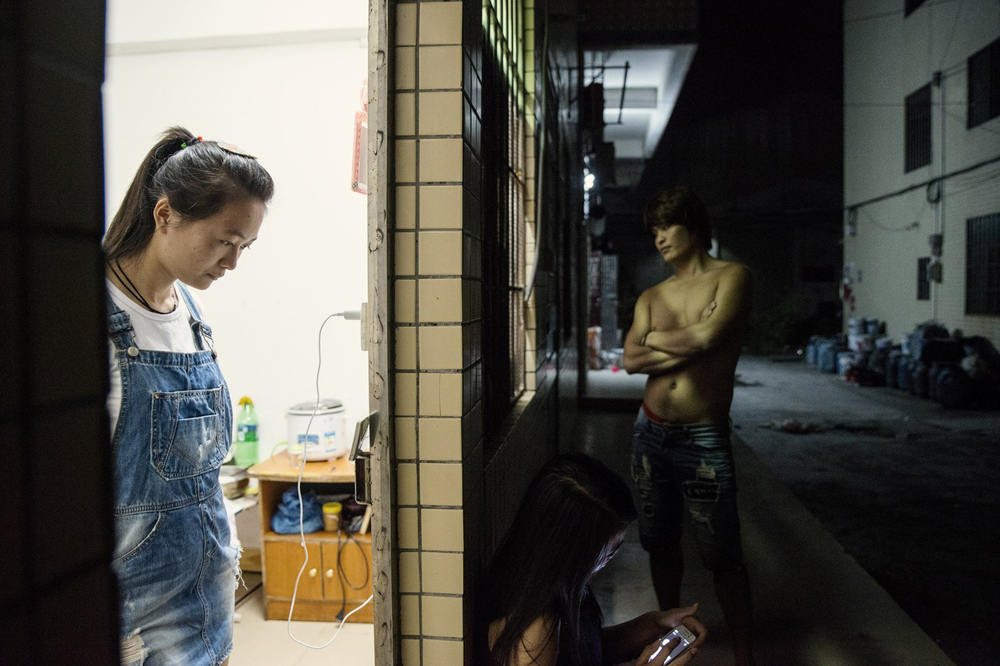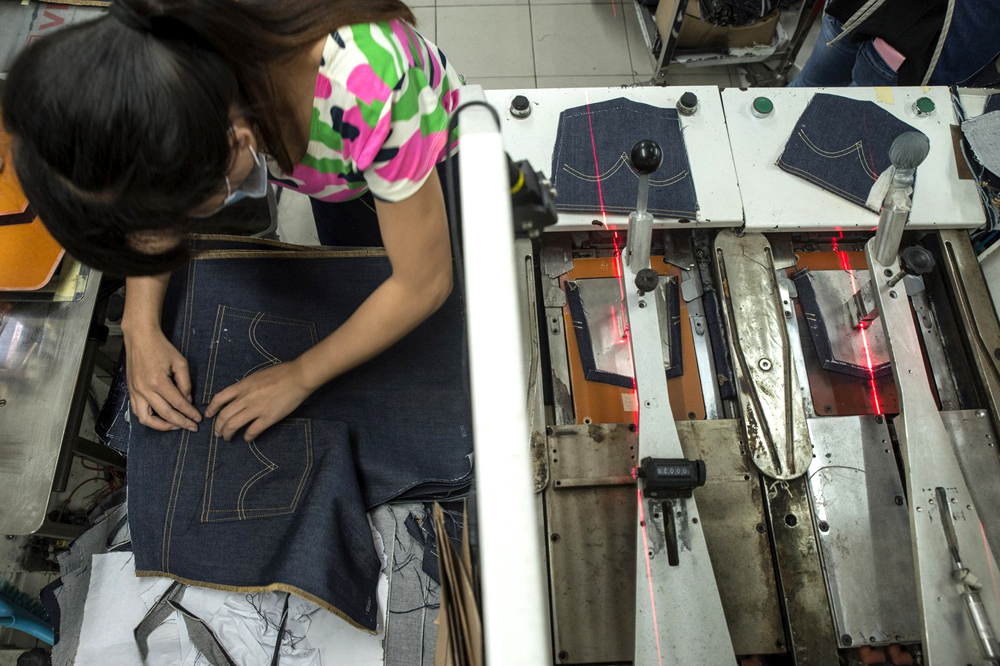
While China’s economic downturn is providing some respite from the labor crunch, Crystal’s blue-jeans factory here still pays 20% above the market rate. It organizes cooking classes and singing contests to keep workers happy.
Last month, China announced it was abolishing its decades-old policy restricting most couples to one child. But that won’t likely put much of a dent in the country’s looming demographic problem because relatively few Chinese prefer to have more than one child, economists note—and it will be at least 16 years before any additional babies make it to the job market.
Fearing that China will see an exodus of manufacturers, Chinese Communist Party Chief Xi Jinping last year called for “an industrial robot revolution” in China, which has become the world’s largest market for automation.

Looking ahead to 2050, the future appears mixed for consumers around the globe. Low-cost production in China has helped suppress inflation in the U.S., Europe and at home. It is an open question whether automation can hold down costs as effectively as Chinese peasant labor did. But consumers should look forward to more choice, faster delivery and, perhaps, less harm to the environment. (By KATHY CHU and BOB DAVIS for WSJ)
The whole article and more pictures on Wall Street Journal:
Gilles Sabrié is an editorial, portrait and corporate photographer based in Beijing. He has worked for over a decade in East and South-East Asia, documenting the staggering change the region has been going through. His work has been published in numerous publications worldwide, among many others, The New York Times, The Wall Street Journal, Le Monde, Time magazine, Geo, National, Geographic, Der Spiegel, L’Espresso, The Observer, The Guardian… His corporate clients include among others, Apple, Nestlé, Mc Kinsey…